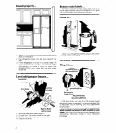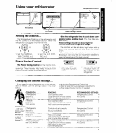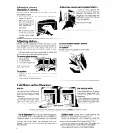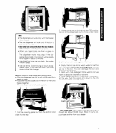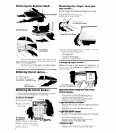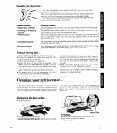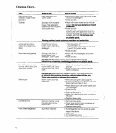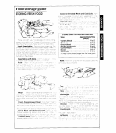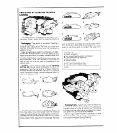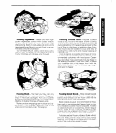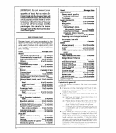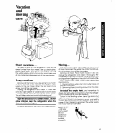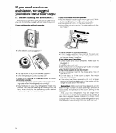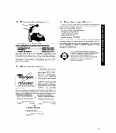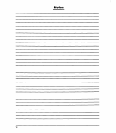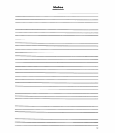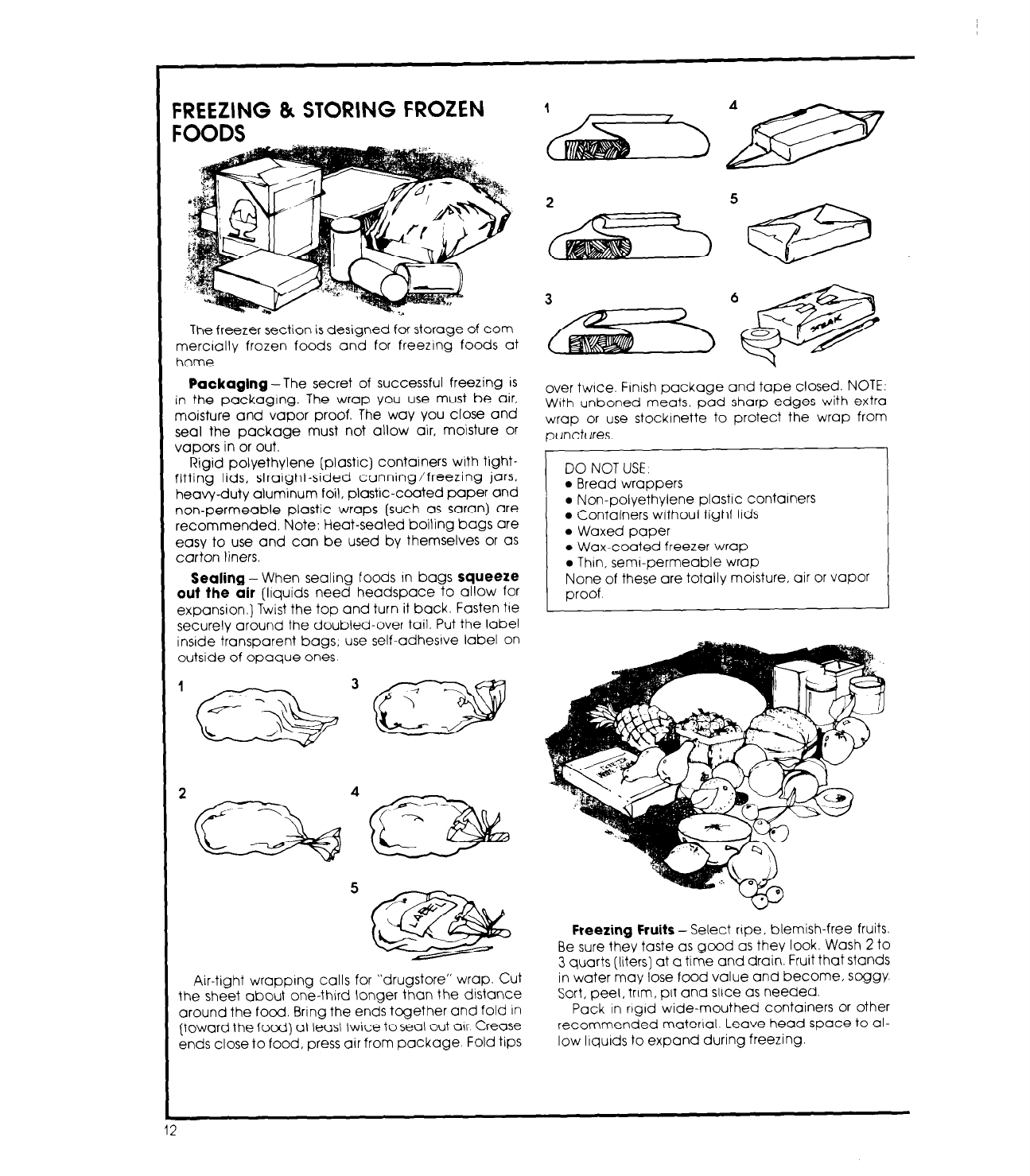
FREEZING & STORING FROZEN
FOODS
The freezer section is designed for storage of corn-
merclally frozen foods and for freezing foods at
home.
Packaglng - The secret of successful freezing is
in the packaging. The wrap you use must be air,
moisture and vapor proof. The way you close and
seal the package must not allow air, moisture or
vapors in or out.
Rigid polyethylene [plastic] containers with tight-
fitting lids, straight-sided conning/freezing jars,
heavy-duty aluminum foil, plastic-coated paper and
non-permeable plastic wraps (such as Saran) are
recommended. Note: Heat-sealed boiling bags are
easy to use and can be used by themselves or as
carton liners.
Sealing-When sealing foods In bags squeeze
out the air (liquids need headspace to allow for
expansion.) Twist the top and turn it back. Fasten tie
securely around the doubled-over tail. Put the label
inslde transparent bags, use self-adhesive label on
outside of opaque ones
5
Air-tight wrapplng calls for “drugstore” wrap. Cut
the sheet about one-third longer than the distance
around the fo&. Bring the ends tqether and fold In
(toward the focd) at least twice to seal out a\r Crease
ends close to food, press air from package Fold tips
3
6
over twice. Finish package and tape closed. NOTE:
With unboned meats, pad sharp edges with extra
wrap or use stockinette to protect the wrap from
punctures
DO NOT USE.
l
Bread wrappers
l
Non-polyethylene plastic containers
l
Containers without tight lids
l
Waxed paper
l
Wax-coated freezer wrap
l
Thin, semi-permeable wrap
None of these are totally moisture, air or
vapor
proof.
Freezing Fruits - Select ripe, blemish-free fruits.
Be sure they taste as good as they look. Wash 2 to
3 quarts (liters) at a time and drain. Fruit that stands
in water may lose food value and become, soggy.
Sort, peel, trim, pit and slice as needed.
Pack in rlgld wide-mouthed containers or other
recommended matenal. Leave head space to al-
low llqulds to expand during freezing.
12



